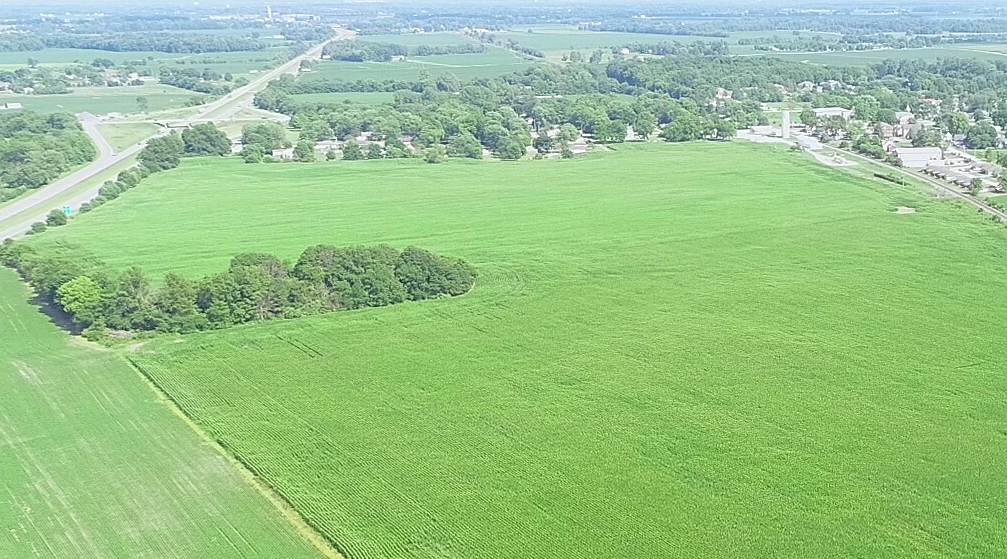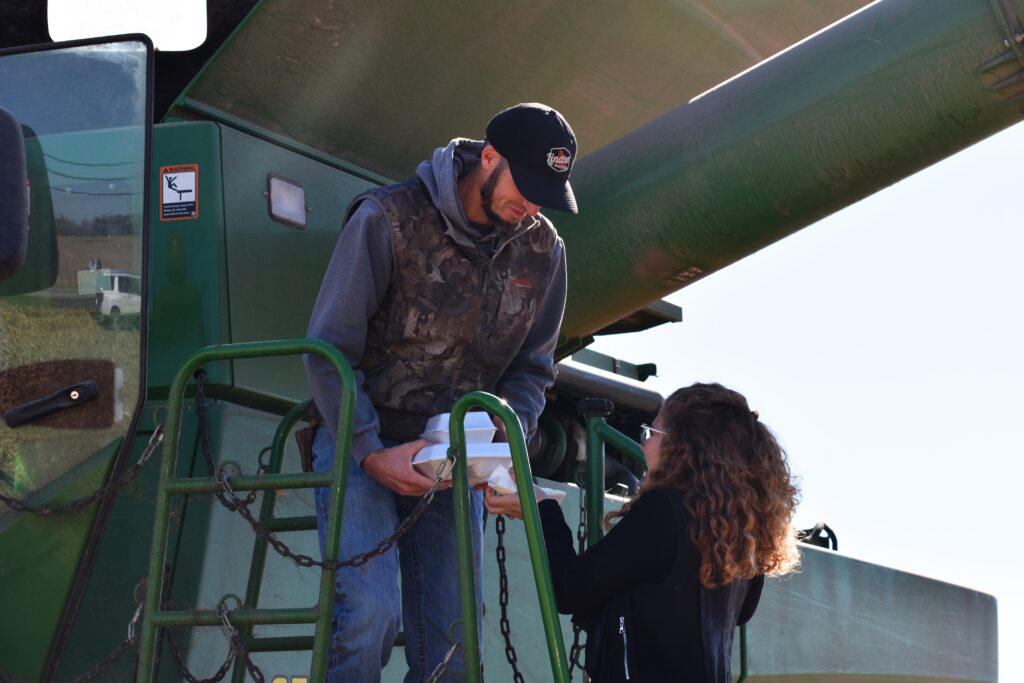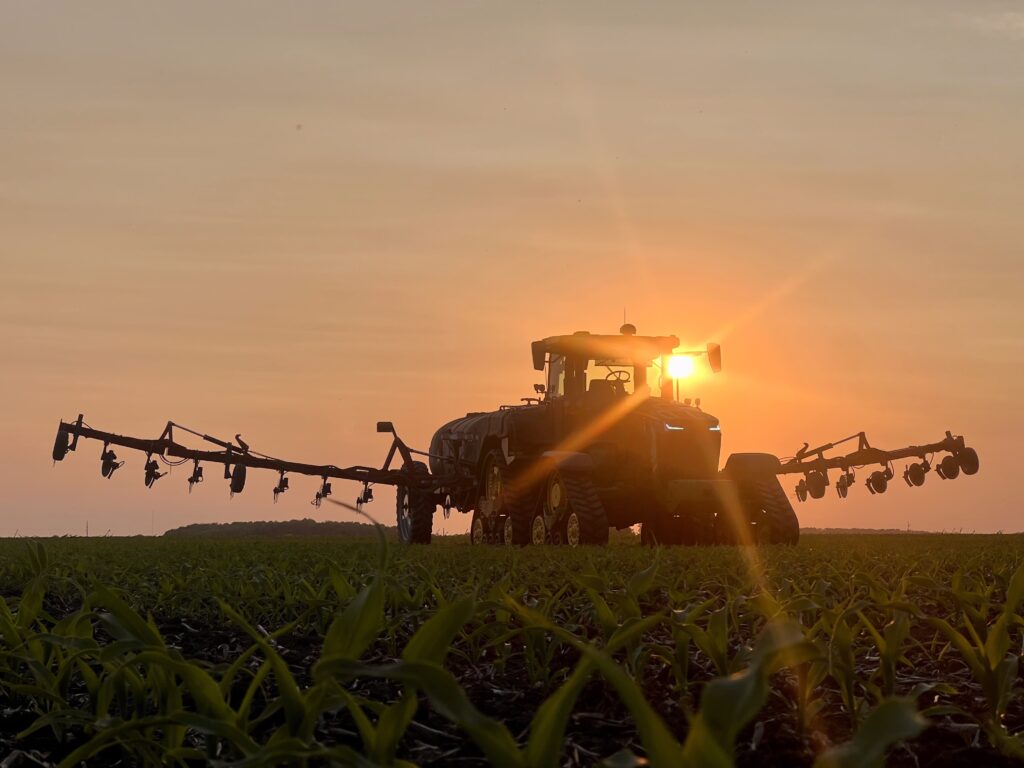What to Look for When Buying Transitional Land
Transitional land, often nestled between rural and urban areas, is ripe with potential. For savvy real estate investors, developers, and business owners, such properties offer a blend of untapped opportunities and hidden challenges. This blog post will guide you through the intricate considerations involved in purchasing transitional land, helping you make informed decisions that can lead to lucrative investments.
What is Transitional Land?
Before we dive into the key considerations, let’s define transitional land. This term refers to parcels of land currently undergoing a shift in their use or classification, typically moving from agricultural or undeveloped use towards urban development. Owning transitional land can be incredibly valuable, especially when positioned strategically near growing urban centers.
Key Considerations When Buying Transitional Land
1. Location and Accessibility
The classic real estate mantra “location, location, location” holds especially true for transitional land. Consider the land’s proximity to major infrastructure, such as highways, public transport, and urban centers. Easy access can significantly enhance the land’s future value and utility.
2. Zoning and Regulations
Understanding the current zoning laws and any planned changes is critical. You must ensure that the land is zoned appropriately for your intended use, whether that’s residential, commercial, or industrial. Consult local zoning authorities and review comprehensive plans to anticipate future developments that could affect your project.
3. Environmental Factors
Investigate any environmental restrictions or concerns associated with the land. This includes assessing flood zones, soil quality, and contamination issues. Environmental assessments are an essential component of due diligence, preventing unforeseen obstacles during development.
4. Market Trends and Demand
Conduct thorough research on local market trends and demand. Identify the types of developments that are succeeding in the area and which ones are in decline. Understanding these trends will help align your investment with market demands, increasing the likelihood of success.
5. Utilities and Services
Check the availability and accessibility of essential services like water, electricity, and sewage. The cost and feasibility of connecting to these utilities can greatly impact your development plans and budget.
6. Financial Viability
Evaluate the overall financial aspect of the purchase. Beyond the initial cost of acquisition, consider development expenses, potential returns on investment (ROI), and the time frame for realizing profits. Conduct a thorough financial analysis to ensure the venture aligns with your financial goals.
7. Potential for Growth and Future Use
Assess the land’s potential for future growth and flexibility. Transitional land should offer options for different uses as the area evolves. Consider how adaptable your development plans are to shifts in local demographics and economic conditions.
8. Legal and Title Considerations
Thoroughly investigate the legal status of the land, including ownership, titles, and any existing legal encumbrances. Engage with legal professionals to validate titles and resolve potential issues before they become liabilities.
Case Studies and Examples
Successful Transitional Land Purchases
Consider the example of a transitional property on the outskirts of Austin, Texas. Investors saw the area burgeoning with tech companies and transformed an unused plot into a mixed-use development, reaping significant benefits as demand skyrocketed.
Lessons Learned from Oversights
Conversely, an oversight occurred in a suburban area where investors failed to account for zoning restrictions, resulting in costly delays and renegotiations. Always double-check zoning laws to avert such setbacks.
Steps in the Buying Process
Research Phase
Begin by gathering comprehensive information about the property, its surroundings, and market conditions. Tools such as GIS mapping and local property databases can provide invaluable insights.
Due Diligence
Conduct thorough due diligence including environmental assessments, feasibility studies, and legal reviews. This ensures the land’s suitability and uncovers potential risks early on.
Negotiation and Purchase
Approach negotiations well-prepared, backed by data and analysis. Understanding the seller’s position and potential leverage points can help you secure a favorable deal.
Conclusion
In summary, purchasing transitional land involves a multifaceted approach that blends market savvy with rigorous due diligence. By focusing on these key considerations and learning from past examples, you pave the way for a successful investment.
For those seeking further guidance, consider consulting with land acquisition experts who can provide tailored advice and strategies to optimize your investment. Reach out to our team for a consultation or access our resources for more comprehensive insights into the world of transitional land.





